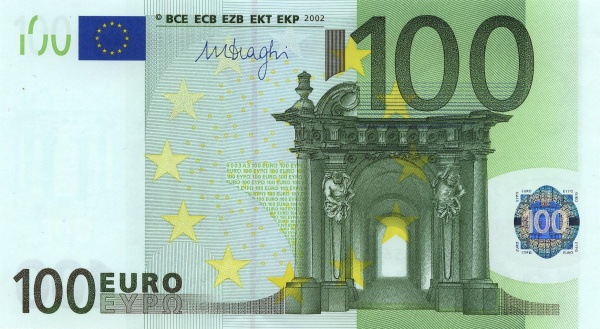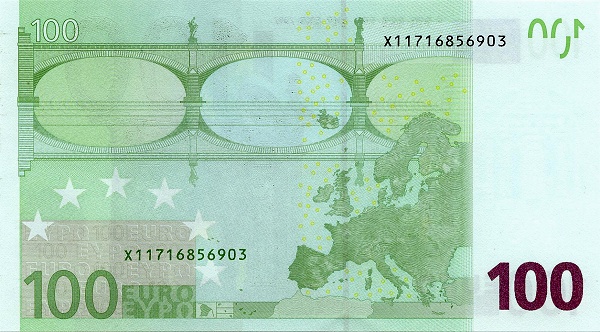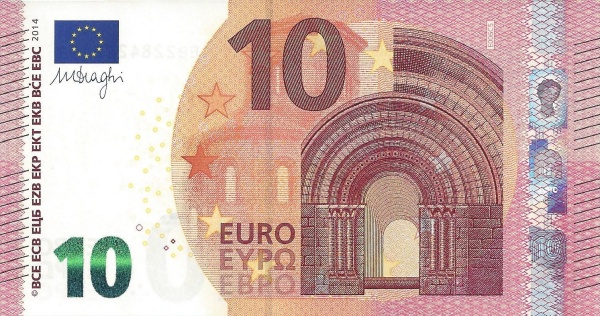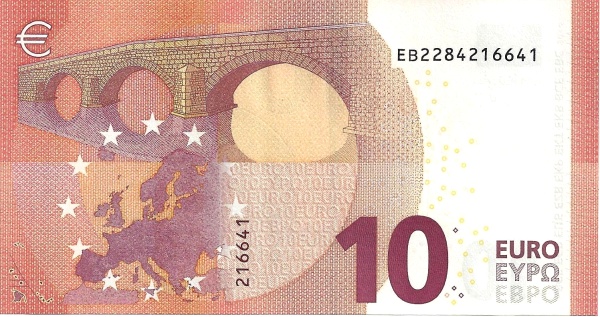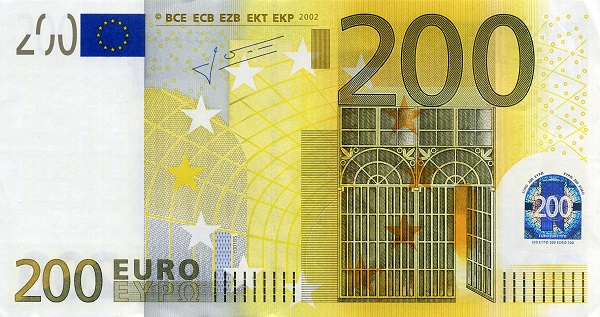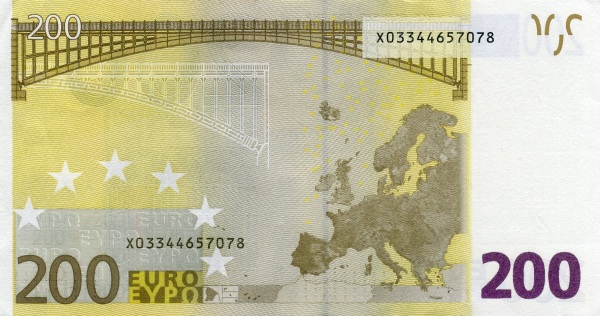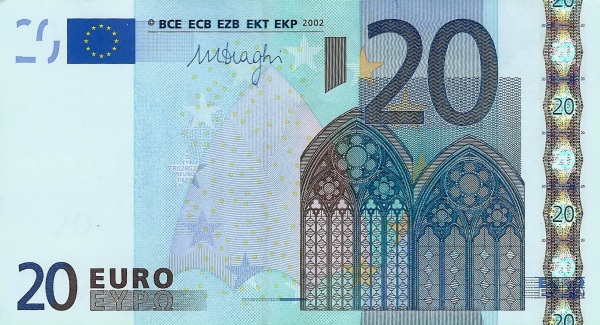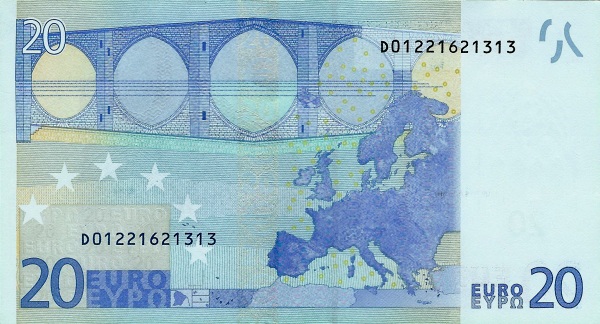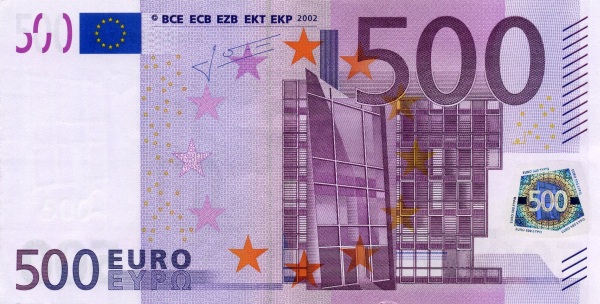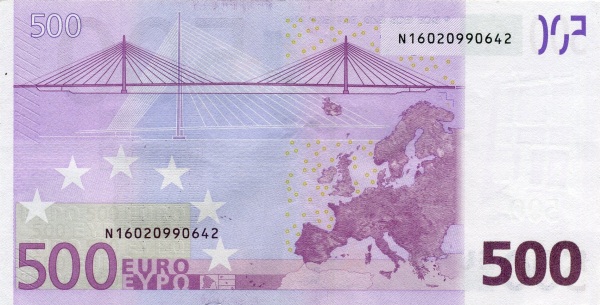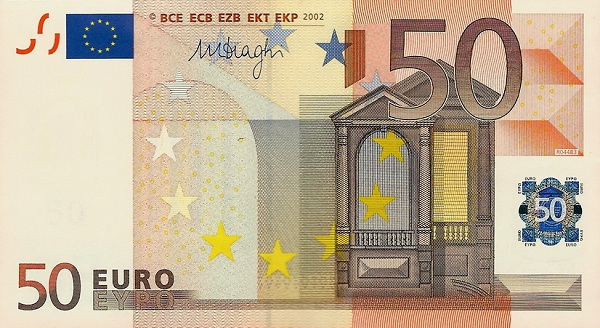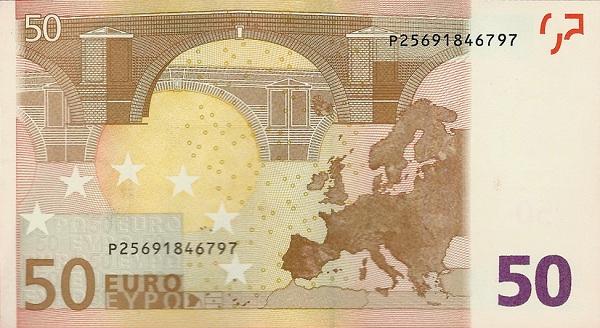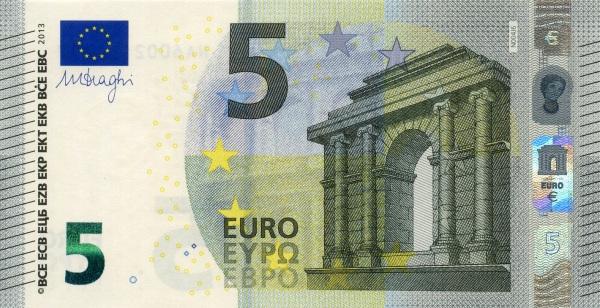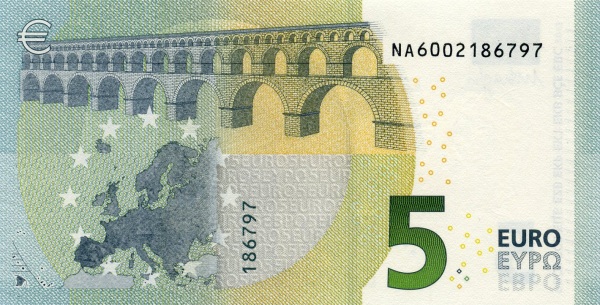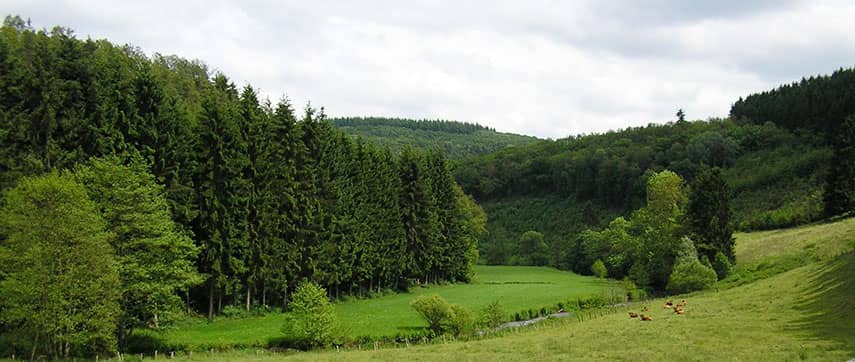Exploring the Grand Duchy of Luxembourg
Luxembourg, officially known as the Grand Duchy of Luxembourg, is a charming landlocked nation situated in Western Europe. This small yet fascinating country shares its borders with three nations: Belgium to the west and north, Germany to the east, and France to the south. Such an ideal position within Europe enhances Luxembourg's cultural interactions and economic opportunities with its neighbors.
Geographical Diversity
Luxembourg's geography is marked by two distinct regions. Firstly, the Oesling lies in the north, characterized by the hilly terrain of the Ardennes massif. This area features lush mixed forests and breathtaking landscapes. In contrast, the southern region known as Gutland, meaning "good country," showcases a relatively urbanized environment. Here, vibrant cities and towns thrive against the backdrop of beautiful countryside.
Occupying an area of merely 2,586 km² (999 sq. mi.), Luxembourg is significantly smaller than Belgium, measuring more than ten times its size. Interestingly, Luxembourg is also slightly smaller than the U.S. state of Rhode Island, demonstrating its unique status as one of Europe's smallest nations.
Demographics and Language
As of 2016, Luxembourg boasted a population of approximately 576,000 people. Its capital, Luxembourg City (Lëtzebuerg), stands as the largest city, home to around 100,000 residents. The linguistic landscape of Luxembourg is particularly fascinating as Luxembourgish serves as the national language. Meanwhile, French and German function as the administrative languages, while English is widely spoken, making communication effortless for visitors and locals alike.
A Brief Historical Overview
Founded in 963, Luxembourg possesses a rich history that shaped its identity. It became a grand duchy in 1815 when it gained independence under the Netherlands' rule. Notably, Luxembourg lost a significant portion of its territory to Belgium in 1839; despite this setback, it ultimately achieved greater autonomy and sovereignty. Full independence came in 1867, marking a turning point in Luxembourg's journey.
During both World Wars, Luxembourg faced occupation by Germany which severely tested its resilience. However, in 1948, the country ended its neutrality, joining the Benelux Customs Union, and the following year, it took a step further by becoming a member of NATO. As a founding member of the European Economic Community in 1957, Luxembourg played a crucial role in European integration. By 1999, it adopted the euro, underscoring its commitment to the European Union and its economy.
The Government and Political Landscape
Luxembourg operates under a constitutional monarchy, where the Grand Duke serves as the head of state. The country achieved independence in 1839 and established its constitution in 1868. This political framework ensures stability and continuity in governance, allowing Luxembourg to flourish as a modern state.
Climate and Natural Environment
Luxembourg enjoys a continental climate, characterized by mild summers and moderate snowfall in winter. This pleasant climate supports various forms of agriculture. With its rich biodiversity, the nation boasts thriving forests in the north and picturesque landscapes throughout the country.
The natural resources of Luxembourg, including iron ore—though no longer exploited—are a testament to its industrial past. Luxembourg's agricultural products range from dairy and wine to potatoes, wheat, fruits, and animal feed crops, reflecting the country’s agricultural heritage.
Luxembourg's Economic Structure
When considering Luxembourg's economy, banking and financial services come to the forefront. The nation has established itself as a global financial hub, attracting numerous banks and financial institutions. Additionally, Luxembourg's industrial sector includes steel and chemicals, showcasing its diverse economic landscape.
In terms of exports, major commodities include machinery, steel products, chemicals, rubber items, and glass. Germany, Belgium, and France account for a significant portion of Luxembourg's export partners, highlighting the importance of regional trade relationships.
Imports and Trade Relations
On the import side, Luxembourg welcomes a variety of goods, including commercial aircraft, minerals, and luxury consumer products. Notably, more than a quarter of its imports come from Belgium, with Germany, France, China, and the United States also being important trading partners.
Rich Culture and Community
Despite its small size, Luxembourg is remarkably diverse. The nation is home to a variety of ethnic groups, with a significant percentage of its population featuring Portuguese, Italian, French, Belgian, and German communities. This blend of cultures enhances Luxembourg's societal fabric, infusing it with rich traditions and languages.
As for religion, about 87% of the population identifies as Roman Catholic, while the remaining 13% comprises Protestants, Jews, and Muslims. This religious diversity reflects the openness and acceptance prevalent in Luxembourgian society.
Education and Literacy
Luxembourg is proud of its remarkable literacy rate of 100%. The educational system encourages multi-linguistic proficiency, equipping students with skills to navigate a globalized world. The country invests significantly in its education sector, ensuring future generations enjoy opportunities for personal and professional growth.
The Unique Essence of Luxembourg
To encapsulate Luxembourg's essence, one must acknowledge its blend of historical depth and modern vibrancy. Visitors will find a country that cherishes its traditions while embracing contemporary advancements. The nation's beautiful landscapes, along with its rich cultural tapestry, make Luxembourg an appealing destination for travelers and a unique place to reside.
In conclusion, the Grand Duchy of Luxembourg is not just a small nation in Western Europe; it is a vibrant hub of culture, history, and economic prowess. Its strategic location, rich heritage, and continuous development illuminate Luxembourg's prominent role on the European stage. With all these facets coming together, Luxembourg stands as a compelling example of how a small country can make a significant impact.
Largest cities of: Luxembourg
| City Name | Population | Year of foundation | |
| Luxembourg City | 125,000 | 963 | |
| Esch-sur-Alzette | 34,600 | 1870 | |
| Differdange | 26,900 | 1900 | |
| Dudelange | 20,000 | 1130 | |
| Ettelbruck | 14,500 | 763 | |
| Eschweiler | 10,000 | 1135 |
Luxembourg: Money
